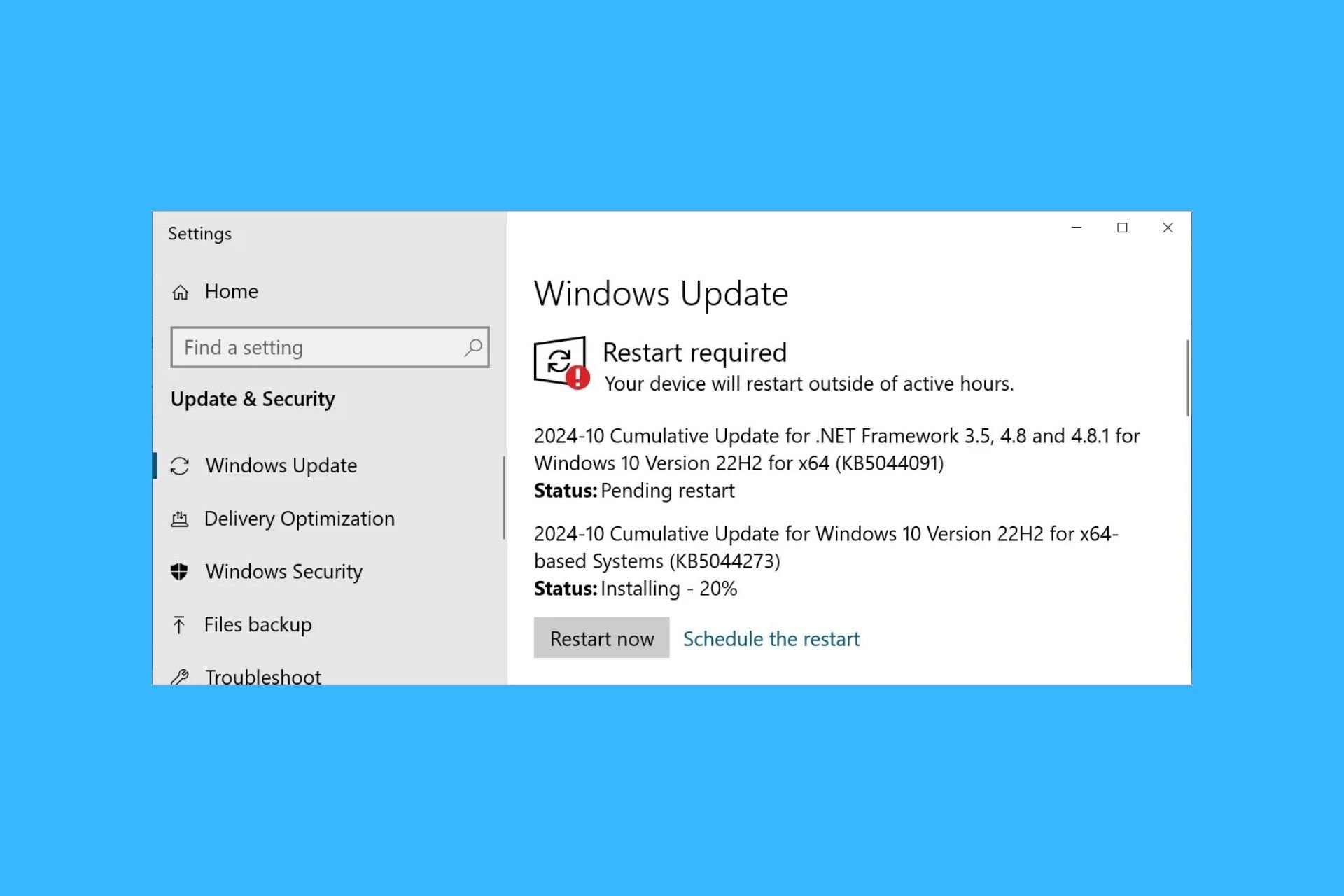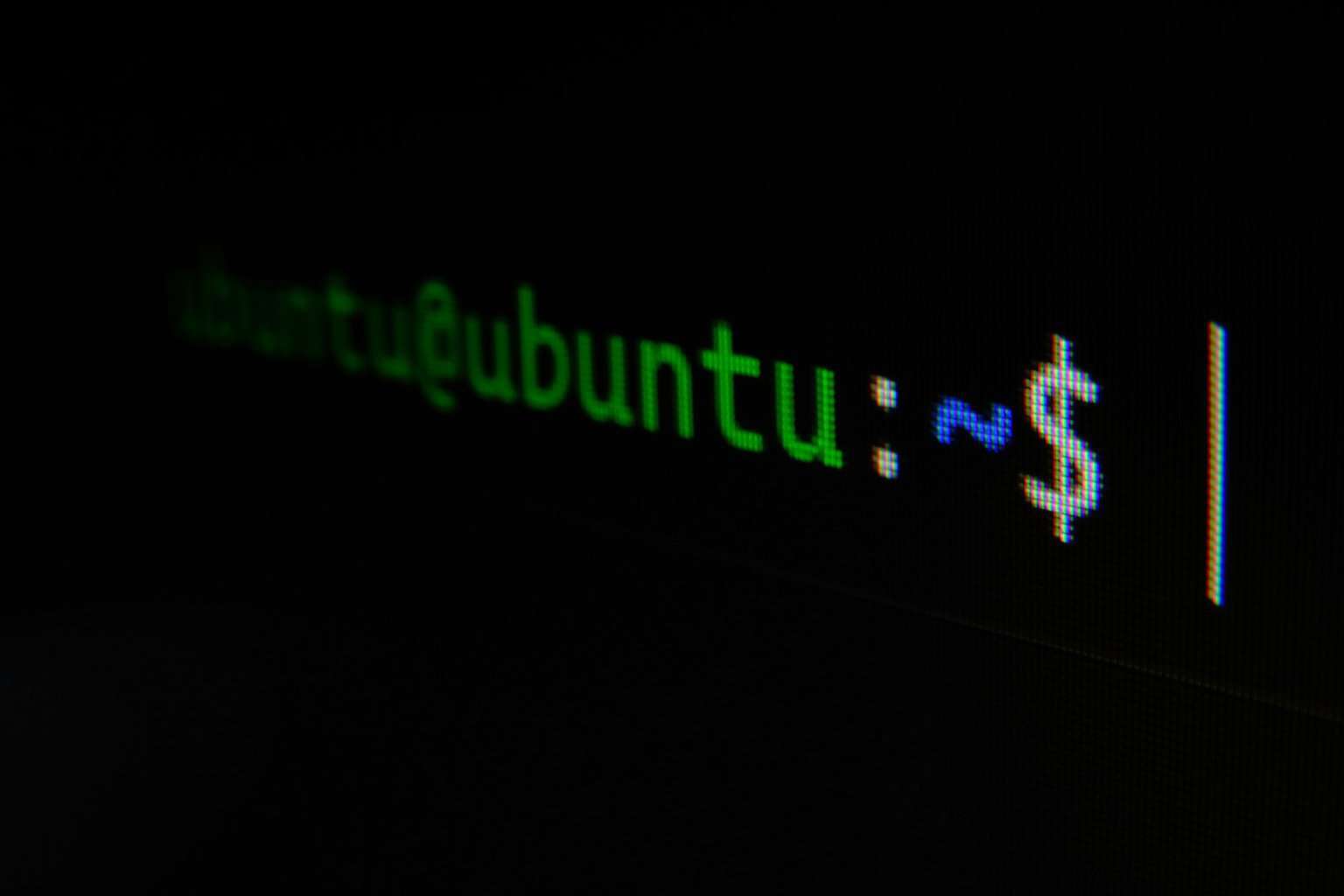Windows 10 & 11 June Patch Tuesday [DIRECT DOWNLOAD LINKS]
The security update batch for June is available for download
6 min. read
Published on
Read our disclosure page to find out how can you help Windows Report sustain the editorial team. Read more
Key notes
- In case you didn't know, the June 2023 Patch Tuesday security updates are out.
- Just to make it easier for you, we have gathered all the download links right here.
- Get the cumulative update you need right now and keep your device up to date.

As you probably guessed by now, the sixth round of the monthly Patch Tuesday updates of 2023 have finally arrived.
This update package brings an entire array of changes for both Windows 10 and Windows 11, regardless of whether it is a newer or an older version.
The June 2023 Patch Tuesday updates are expected to fix some of the issues that were still pending, and in the article below we will be looking to see exactly what we get.
We’ve included detailed changelogs for each cumulative update, and we will also be providing you with direct download links from Microsoft’s Windows Update Catalog, so you know that they are secure.
Alternatively, you can always use other methods to get the latest updates, including:
- The Windows Update menu on your OS
- The WSUS (Windows Server Update Service)
- Group Policies set up by your admins if you’re part of a larger network.
Changes included in the June 2023 Patch Tuesday Updates
Windows 11
As most of you know by now, Microsoft released its latest operating system, Windows 11, on the 5th of October, 2021.
Five months after the general rollout, the new OS seems to become increasingly stable and far less buggy than we’ve gotten used to.
You might also like to know that the 22H2 version of Windows 11, the operating system’s first major update, has already been declared feature complete.
It will, most likely, come in the first half of the year, so we might just get it until the summer. Of course, there is a possibility that the Redmond tech giant could postpone to the third, or fourth quarter.
Cumulative update name
Improvements & fixes
- This update addresses a known issue that affects 32-bit apps that are large address aware and use the CopyFile API. You might have issues when you save, copy, or attach files. If you use some commercial or enterprise security software that uses extended file attributes, this issue will likely affect you. For Microsoft Office apps, this issue only affects the 32-bit versions. You might receive the error, “Document not saved.”
- This update addresses a compatibility issue. The issue occurs because of unsupported use of the registry.
- This update addresses an issue that affects the Windows Kernel. This issue is related to CVE-2023-32019. To learn more, see KB5028407.
Known issues
- After installing this or later updates, Windows devices with some third-party UI customization apps might not start up. These third-party apps might cause errors with explorer.exe that might repeat multiple times in a loop. The known affected third-party UI customization apps are ExplorerPatcher and StartAllBack. These types of apps often use unsupported methods to achieve their customization and as a result can have unintended results on your Windows device.
[DIRECT DOWNLOAD LINK]
Windows 10 versions 21H2, 21H1, and 20H2
Windows 10 v21H2 is the latest major version of Windows 10, and as such has the most experimental features on it.
Fortunately, most bugs that were first present when it was first made available have been weeded out, and this version of Windows 10 is far more stable.
Cumulative update name
Improvements & fixes
- This update addresses a known issue that affects 32-bit apps that are large address aware and use the CopyFile API. You might have issues when you save, copy, or attach files. If you use some commercial or enterprise security software that uses extended file attributes, this issue will likely affect you. For Microsoft Office apps, this issue only affects the 32-bit versions. You might receive the error, “Document not saved.”
- This update addresses an issue that affects the Windows Kernel. This issue is related to CVE-2023-32019. To learn more, see KB5028407.
Known issues
- Devices with Windows installations created from custom offline media or custom ISO image might have Microsoft Edge Legacy removed by this update, but not automatically replaced by the new Microsoft Edge. This issue is only encountered when custom offline media or ISO images are created by slipstreaming this update into the image without having first installed the standalone servicing stack update (SSU) released March 29, 2021 or later.
[DIRECT DOWNLOAD LINK]
Windows 10, version 1809
This version of the OS is outdated and will no longer receive any updates from the tech company. Users that are still running this old version on their devices are strongly advised to choose a more recent one to update to.
If you still want to use Windows 10 and are not willing to upgrade to 11, you don’t have to do so right away. After all, Microsoft announced that the support for Windows 10 will go on until 2025.
Cumulative update name
Improvements and fixes:
- This update addresses an issue that affects the Storage Spaces Direct (S2D) cluster. It might not come online. This occurs after a periodic password rollover. The error code is 1326.
- This update addresses an issue that affects the Appx State Repository. When you remove a user profile, the cleanup is incomplete. Because of this, its database grows as time passes. This growth might cause delays when users sign in to multi-user environments like FSLogix.
- This update addresses an issue that affects the Windows Remote Management (WinRM) client. The client returns an HTTP server error status (500). This error occurs when it runs a transfer job in the Storage Migration Service.
- This update addresses an issue that affects signed Windows Defender Application Control (WDAC) policies. They are not applied to the Secure Kernel. This occurs when you enable Secure Boot.
- This update addresses an issue that might affect the Local Security Authority Subsystem Service (LSASS). It might close sporadically. The system logs the exception 0xc0000710 in the Application Error event 1000. Because of this, the domain controller restarts unexpectedly. This issue affects read-only DCs (RODC) that also run Microsoft Defender Advanced Threat Protection (ATP).
- This update addresses an issue that affects the Windows Kernel. This issue is related to CVE-2023-32019. To learn more, see KB5028407.
Known Issues:
- After installing KB5001342 or later, the Cluster Service might fail to start because a Cluster Network Driver is not found.
[DIRECT DOWNLOAD LINK]
Windows 10, version 1607
Note: Windows 10, version 1607 has reached the end of service for all of its available editions. Update to the latest version of Windows 10 in order to keep your system protected.
Cumulative update name
Improvements and fixes
- This update addresses an issue that might cause a memory leak. The leak might occur during prolonged Remote Desktop audio redirection.
- This update addresses an issue that affects the Windows Kernel. This issue is related to CVE-2023-32019. To learn more, see KB5028407.
[DIRECT DOWNLOAD LINK]
Have you already downloaded the security updates for your version of the Windows operating system? Let us know in the comments section below.








User forum
0 messages